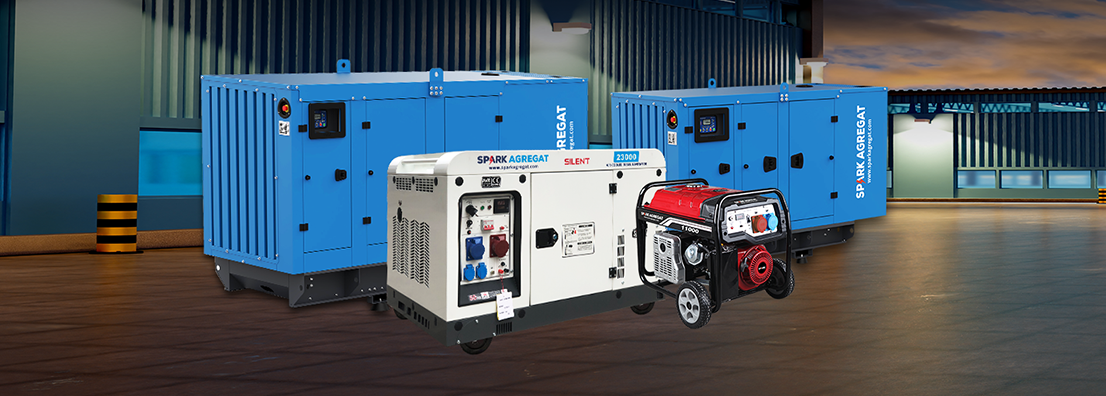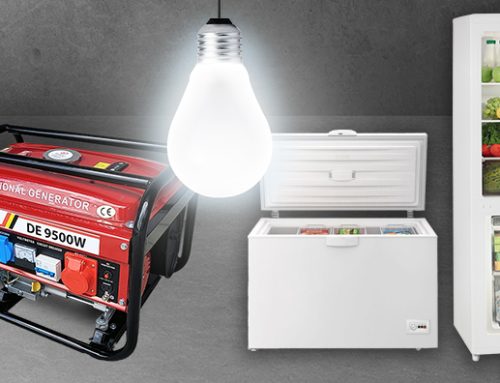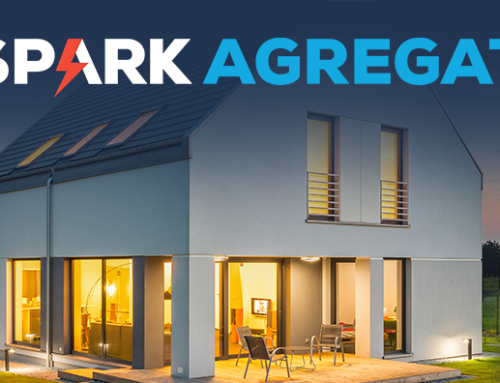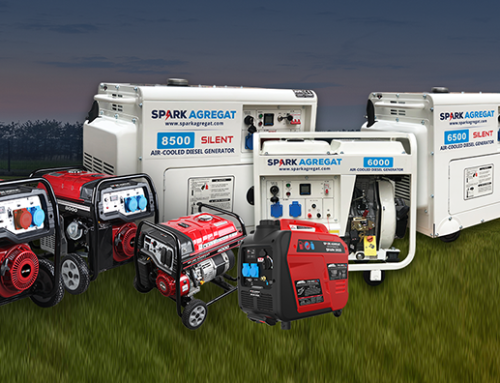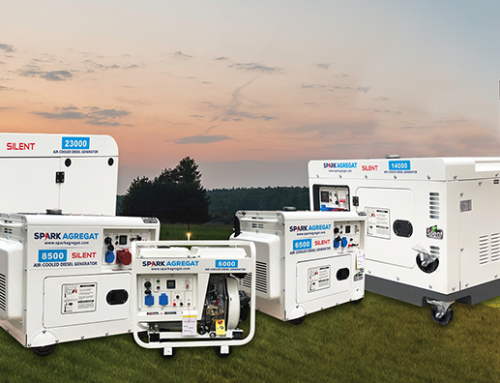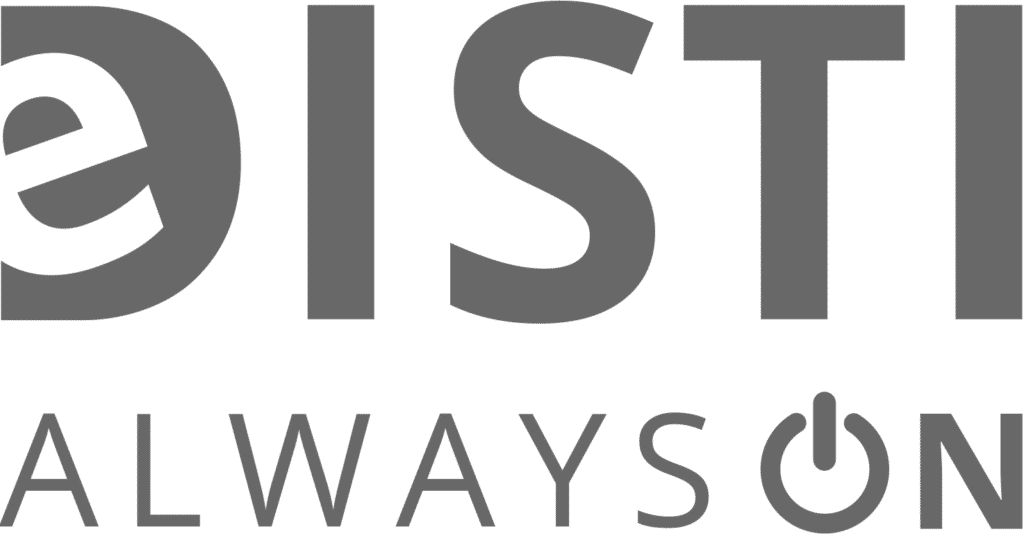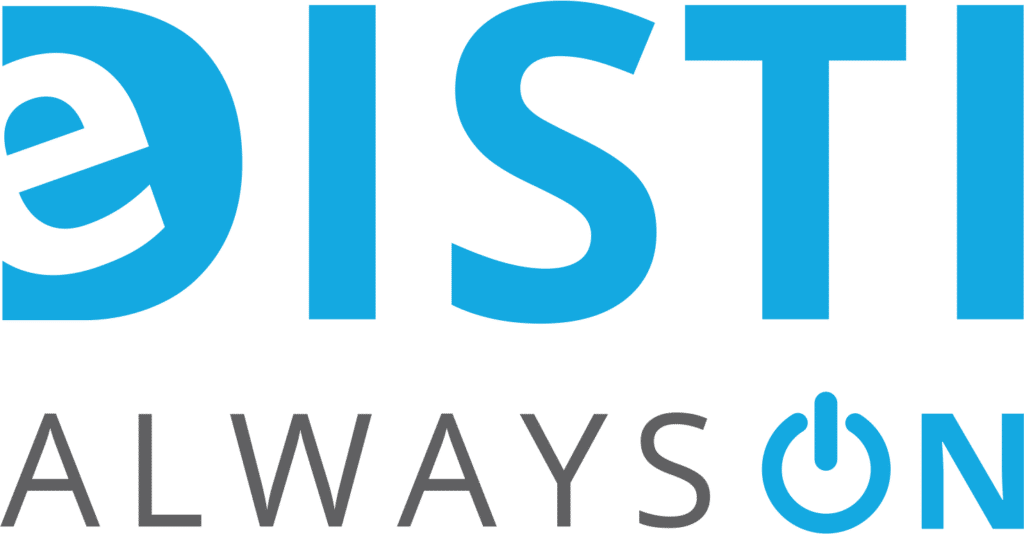In the realm of electrical power generation, three-phase generators stand as technological marvels, efficiently converting mechanical energy into a trio of synchronized electrical currents. The robustness and efficiency of these generators make them indispensable in a variety of industrial and commercial applications. In this comprehensive exploration, we delve into the intricacies of generators, examining their design, functionality, applications, and the advantages they offer over their single-phase counterparts.
Understanding Three-Phase Generators:
These generators operate on a system where three sets of windings produce electrical currents with a 120-degree phase difference, creating a balanced and continuous power flow. This design results in smoother power delivery, reduced voltage fluctuations, and enhanced efficiency compared to single-phase generators. The symphony of currents generated by three-phase systems powers a wide array of machinery and equipment, making them vital in sectors ranging from manufacturing to infrastructure development.
Types of Three-Phase Generators:
- Synchronous Generators: Employing a magnetic field synchronized with the rotational speed, synchronous generators are precise and reliable, commonly used in large-scale power plants.
- Induction Generators: Known for their simplicity and ruggedness, induction generators are widely employed in industrial settings, providing cost-effective power solutions.
- Brushless Generators: Eliminating the need for brushes, these generators reduce maintenance requirements and find applications in sensitive electronic environments.
Applications of Three-Phase Generators:
- Industrial Power Supply: These generators are the backbone of industrial power systems, driving heavy machinery and manufacturing processes with efficiency and reliability.
- Commercial Establishments: Businesses, data centers, and commercial facilities benefit from the stable power output of three-phase generators, ensuring uninterrupted operations.
- Construction Sites: These generators provide the robust power needed for construction equipment, supporting seamless on-site operations.
- Emergency Backup Systems: Critical facilities, such as hospitals and data centers, rely on three-phase generators for backup power during outages, ensuring continuous operation.
Advantages of Three-Phase Generators:
- Power Efficiency: The balanced power output of three-phase electric generator results in higher efficiency and smoother operation.
- Reduced Voltage Fluctuations: Three-phase systems exhibit lower voltage fluctuations, providing a more stable power supply.
- Compact Design: Three-phase generators often have a more compact design compared to their single-phase counterparts, making them suitable for space-constrained environments.
Conclusion:
In the ever-evolving landscape of power generation, three-phase generators emerge as indispensable assets, embodying efficiency, reliability, and stability. Their significance reverberates across a spectrum of applications, be it bolstering industrial processes, sustaining commercial operations, or providing a lifeline during unforeseen outages. The nuanced understanding of three-phase generators equips decision-makers with the knowledge to navigate the complexities of power requirements and make choices aligned with their unique needs.
Ready to empower your operations with the unparalleled reliability and efficiency of three-phase generators? For personalized assistance and guidance tailored to your specific requirements, reach out to our experts today. Contact us at 012350202 or fill out the contact form. Let’s elevate your power infrastructure together – make the smart choice now!

